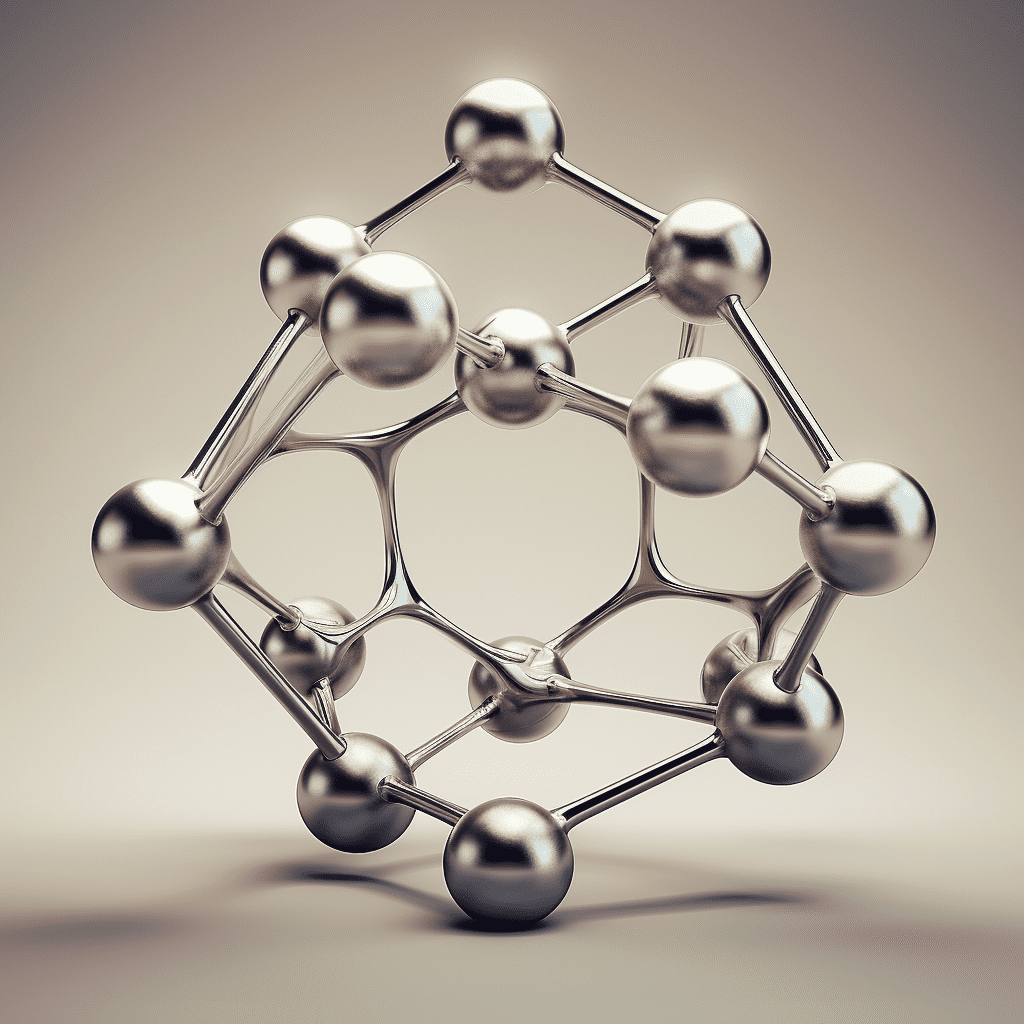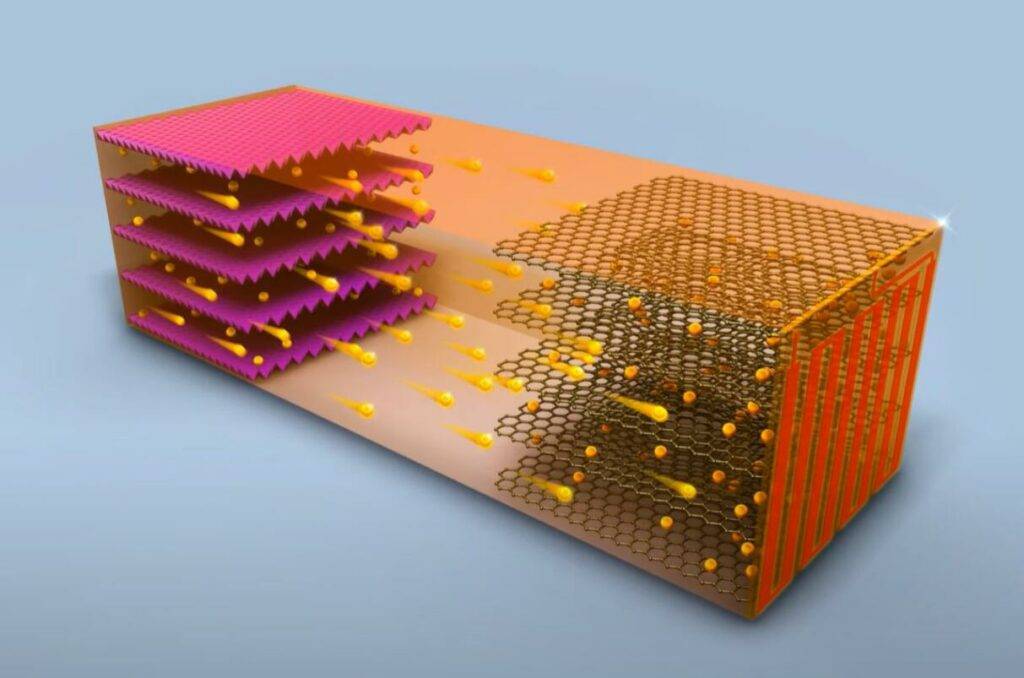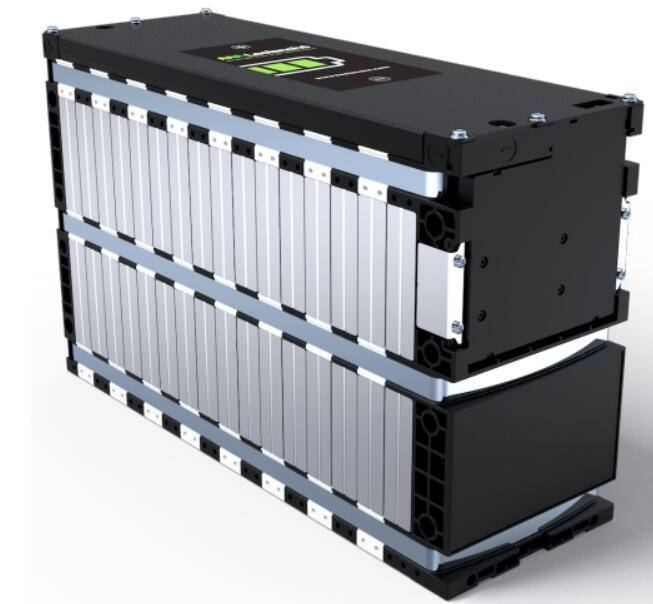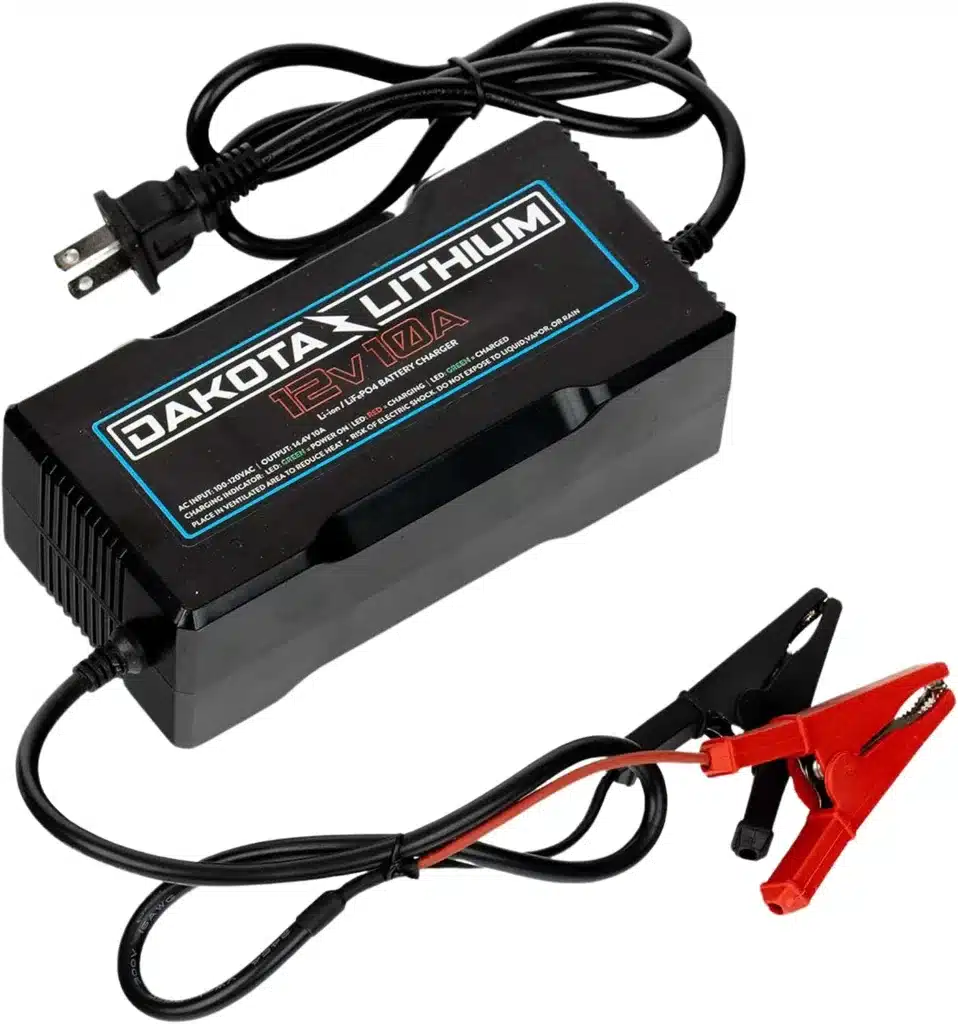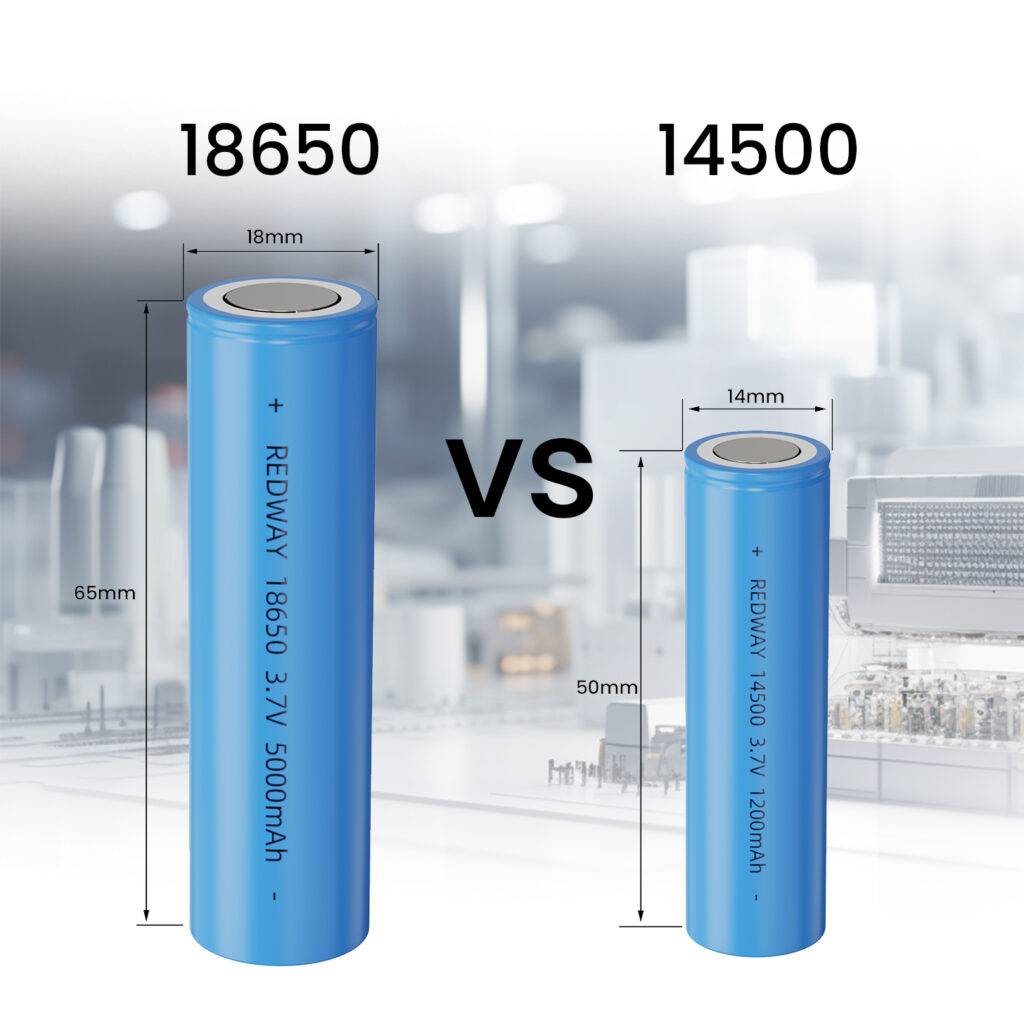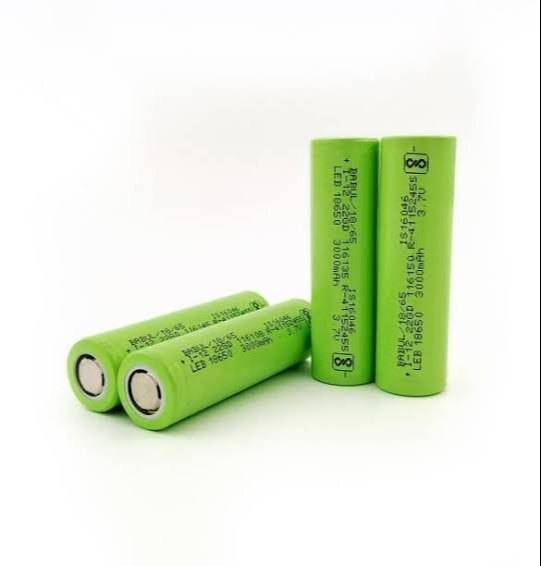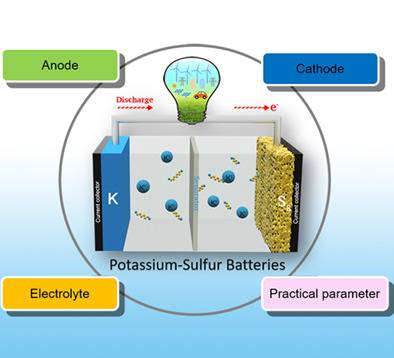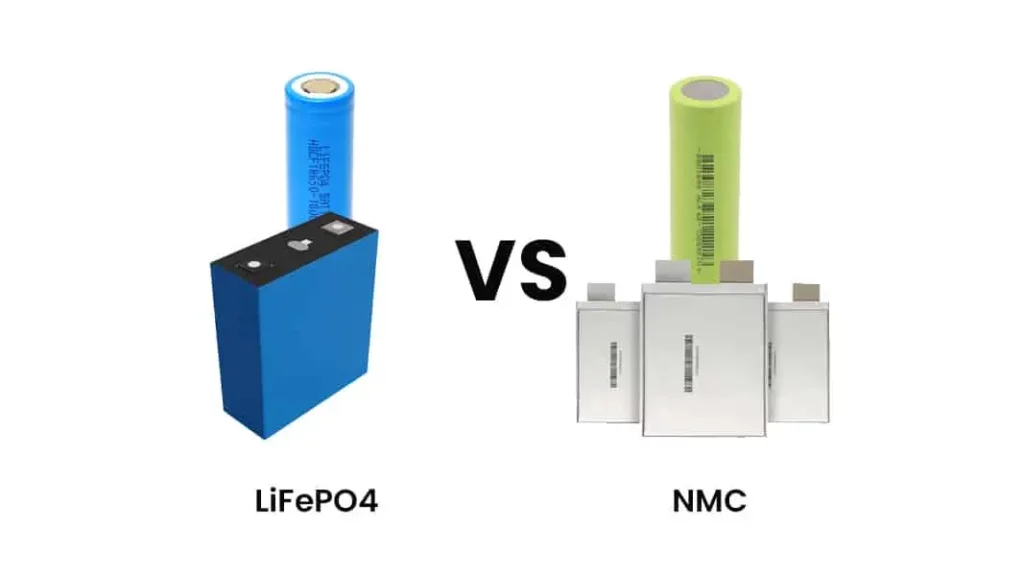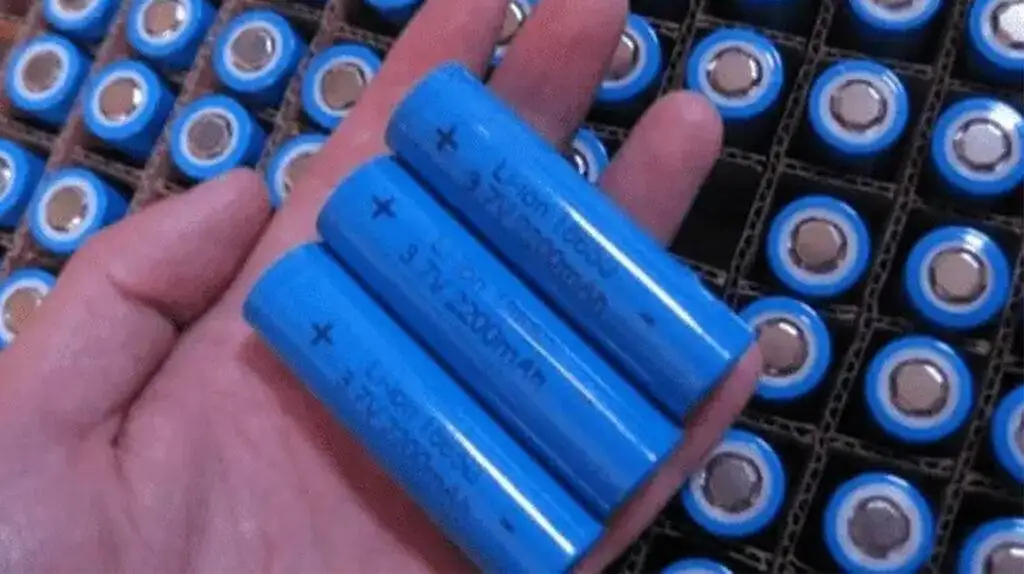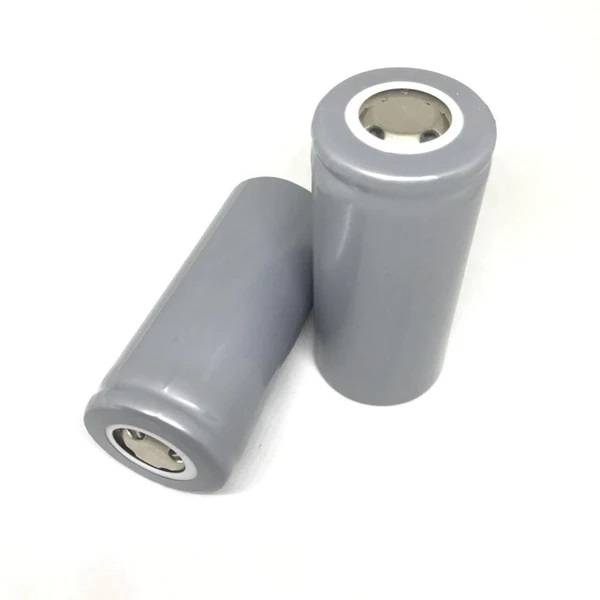Ternary Lithium-ion Batteries are advanced energy storage solutions known for high energy density and versatile applications, with sustainability considerations.
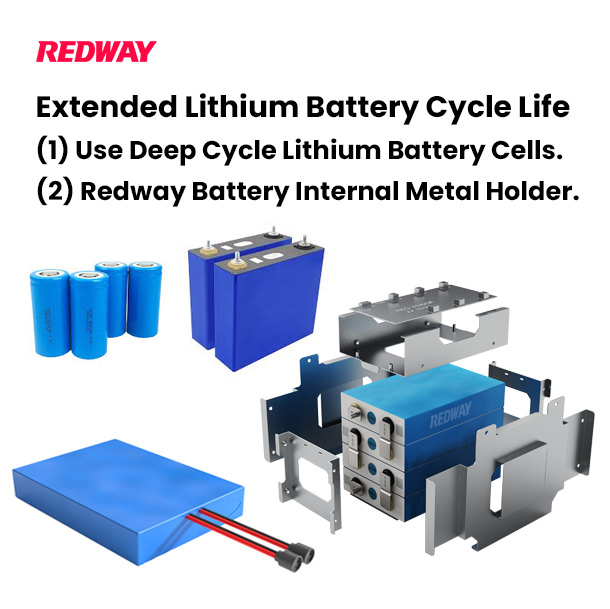
#post_seo_title
Ternary Lithium-ion Batteries:
Ternary Lithium-ion Batteries, also known as Lithium-ion Ternary Batteries, are a type of lithium-ion battery that utilizes ternary positive electrode materials. They are one of the widely used types of lithium-ion batteries.
Structure and Components: Ternary lithium-ion batteries consist of three primary components:
Positive Electrode Material:
Commonly used positive electrode materials for ternary batteries are compounds formed with nickel, cobalt, and manganese, such as Lithium Nickel Cobalt Manganese Oxide (LiNiCoMnO2 or NMC).
Negative Electrode Material:
The negative electrode material is typically graphite, which is used to intercalate and release lithium ions.
Electrolyte
: The electrolyte is the conductive medium between the positive and negative electrodes in the battery and typically consists of organic solvents and lithium salts.
Advantages:
| Advantages | Explaination |
| High Energy Density | Ternary lithium-ion batteries have a high energy density, providing relatively high energy storage capacity, which extends the battery’s operating time.
|
| High Charge and Discharge Efficiency | Ternary batteries have a high charge and discharge efficiency, delivering high output power and minimal losses during cycling |
| Long Cycle Life: | Ternary batteries typically have a longer cycle life compared to other lithium-ion batteries, allowing for more charge and discharge cycles |
Applications:
| Application | Explaination |
| Electric Vehicles | Ternary lithium-ion batteries are widely used in electric vehicles due to their high energy density and longer cycle life, providing reliable and durable power for propulsion.
|
| Mobile Devices: | Ternary batteries are also extensively used in mobile devices such as smartphones, tablets, and laptops due to their high energy density and compact size, enabling these devices to have a long-lasting and stable battery life. |
| Energy Storage Systems: | Ternary batteries, with their high energy density and longer cycle life, can be used in energy storage systems, including home energy storage systems, solar and wind energy storage systems, and more.
|
Precautions:
It’s important to note that ternary lithium-ion batteries, due to the use of cobalt elements, may raise environmental and social concerns in their mining and refining processes. Therefore, when promoting and using ternary lithium-ion batteries, it’s crucial to adhere to principles of sustainability and actively seek methods for recycling and reuse to reduce the environmental impact.


